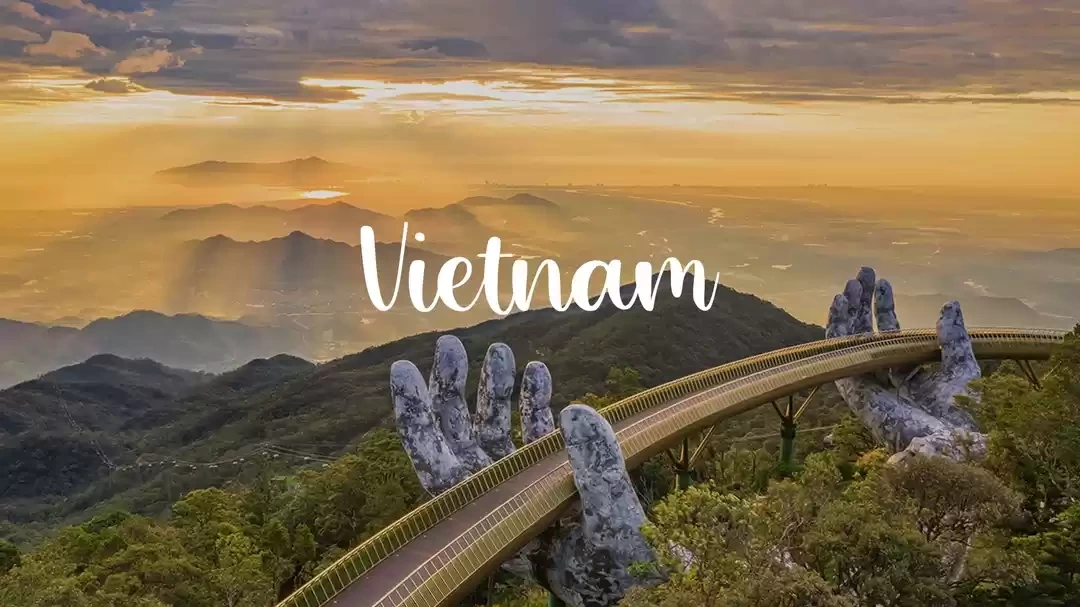
Hawaii and China may be 6,000 miles apart and 12 hours away from each other, but they have a lot of things in common. Both cultures highlight oneness with nature, observance of traditions, respect for ancestors and the elders, and love of family and community.And so for the Chinese who have decided to move to the Aloha State,it is easy to feel right at home.
In ancient Hawaii societies, kapu, or the code of conduct, served as a guide for social policy, law, and lifestyle. The Hawaiians honored gods, demigods, and ancestral mana, and forces of nature were personified and worshipped. The list includes Pele, the Goddess of Fire, Lono, the God of Peace and Growth), and Maui, the Sun God. There was always an emphasis on the relationship of man with nature,but perhaps more importantly, the congruence of mind and heart.Prayers and rituals thus formed an essential part of community life in Hawaii.
Similarly, ancient Chinese beliefs revolved around being one with nature, and the idea of a universal force inhabiting all living beings. Under Taoism, there is the concept of yin and yang and the importance of maintaining balance and harmony of all elements. Confucianism, on the other hand, puts great value on honor and morality, respect, and reverence. Finally, Buddhism promotes respect for the elders, kindness and compassion for other creatures, and the wholehearted acceptance of change.
In adhering to their faith and beliefs, both the Hawaiians and the Chinese employ music, instruments, and movement. The resulting dance rituals are less of an art form and performance, and more of a means of communication and worship. Examples of ancient Chinese dance include the Yunmen Dajuan, for the veneration of the sky; Daqing, for the veneration ofthe sun, moon, stars, and seas; and Dawu, for honoring the ancestors.
Meanwhile, the famed hula of Hawaii is a way to connect with the land and the gods. It comes in the old version (Hula Kahiko), which is accompanied by chanting and traditional instruments, and the contemporary – and more Western – version (Huala Auana), which is accompanied by singing, as well as musical instruments like ukulele and guitar. But in both forms, a story unfolds with every hand gesture, a sway of the hips, a footstep, or a shift in weight.
Furthermore, Hawaiian neighborhoods populated by the Chinese have since adopted many Chinese traditions, including the celebration of festivals. During Chinese New Year, for example, these communities host festivities, marked by the lion dance, and a lot of eating together. New homes or businesses may also be blessed by a Kahu (Hawaiian priest), and lei or food offerings are encouraged, to foster good luck. In these places, Chinese influence in the community would be evident in the food, clothing, art, business, and many other facets of life.
To find Hawaii real estate properties that you can easily call home, talk to us today here at Luxury Big Island. We are led by Harold Clarke, a top broker based on the Big Island.













